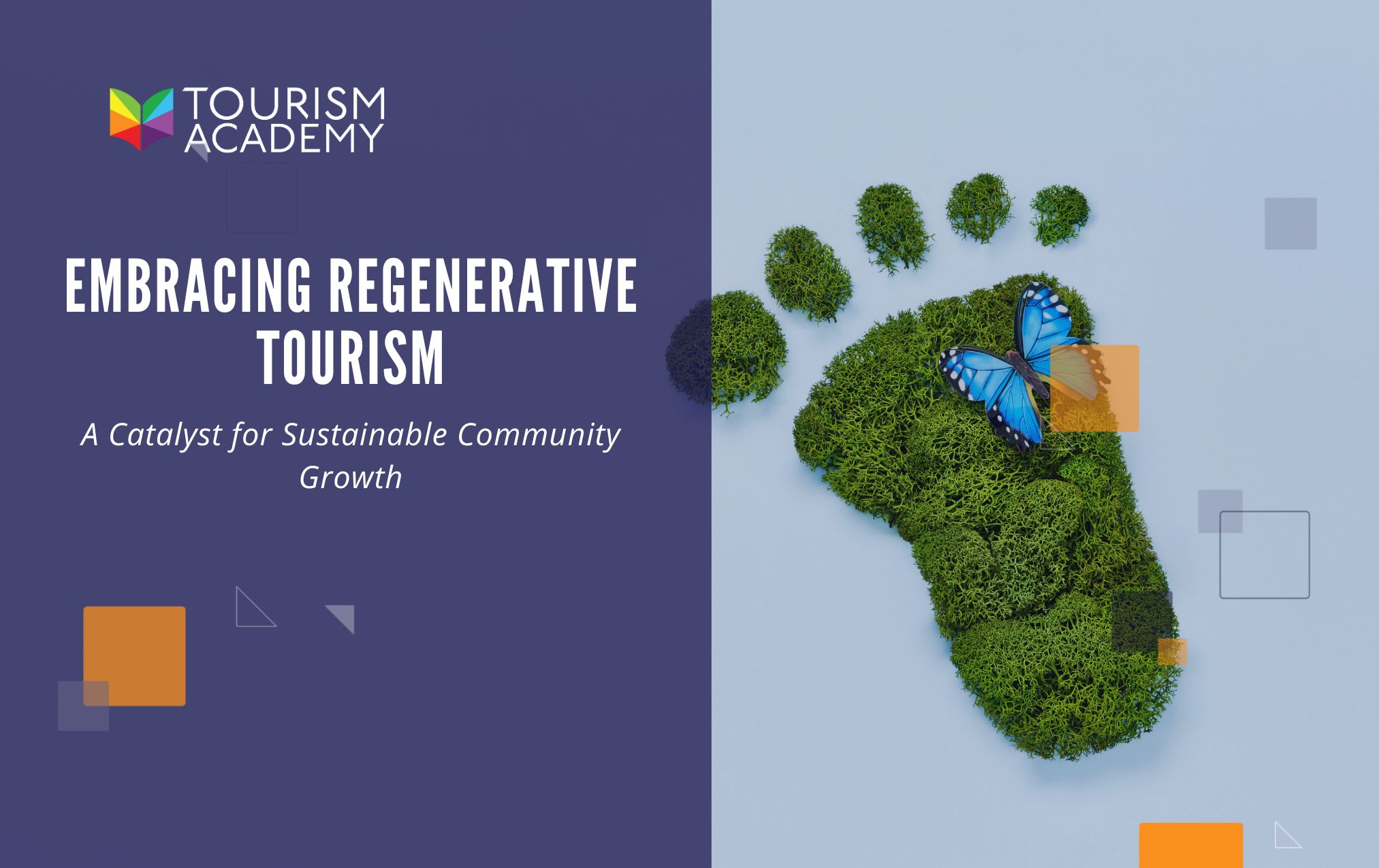
Embracing Regenerative Tourism: A Catalyst for Sustainable Community Growth
A new paradigm is emerging – one that goes beyond sustainability to contribute to the well-being of communities actively. This transformative approach is known as "regenerative tourism." In this article, we will explore what regenerative tourism is and how it serves as a powerful force for positive change in communities, both large and small.
Understanding Regenerative Tourism:
Regenerative tourism is a holistic approach that aims to restore, renew, and revitalize the natural and cultural resources of a destination. Unlike traditional models that focus solely on minimizing negative impacts, regenerative tourism seeks to leave a positive footprint. It emphasizes collaboration between tourists, local businesses, and residents to create a symbiotic relationship that fosters growth and resilience.
Key Principles of Regenerative Tourism:
-
Community Empowerment: Regenerative tourism places communities at the center of decision-making processes. It seeks to empower local residents by involving them in tourism-related initiatives, ensuring that benefits are distributed equitably.
-
Preservation of Culture and Environment: This approach values the preservation of local cultures, traditions, and ecosystems. By engaging in responsible tourism practices, regenerative tourism aims to protect and celebrate the unique identity of each destination.
-
Economic Diversification: Regenerative tourism promotes economic diversification by encouraging a variety of local businesses and experiences. This helps reduce dependency on a single industry, fostering a more resilient local economy.
-
Education and Awareness: A crucial aspect of regenerative tourism is educating both tourists and locals about sustainable practices. This knowledge-sharing fosters a sense of responsibility and encourages mindful tourism behavior.
Benefits for Communities:
-
Economic Prosperity: By promoting diverse local businesses and creating job opportunities, regenerative tourism contributes to the economic prosperity of communities. This is especially vital for smaller destinations seeking sustainable growth.
-
Cultural Preservation: Communities benefit from the preservation of their cultural heritage, as regenerative tourism values and promotes authentic experiences. This helps maintain the unique character that attracts visitors in the first place.
-
Environmental Conservation: Regenerative tourism actively works towards the conservation of natural resources and ecosystems. This ensures that future generations can continue to enjoy the beauty and richness of the destination.
The Role of Tourism Academy: Recognizing the importance of regenerative tourism, the Tourism Academy offers custom courses for tourism stakeholders. These courses are designed to equip industry professionals with the knowledge and skills needed to implement regenerative practices effectively. By enrolling in these courses, stakeholders can play an active role in fostering positive change within their communities, aligning with the core values of regenerative tourism.
Conclusion:
Regenerative tourism represents a paradigm shift in the way we approach travel and its impact on communities. By embracing this holistic model, destinations, both big and small, can thrive economically, preserve their cultural heritage, and safeguard their natural wonders. The Tourism Academy's commitment to custom course creation underscores its dedication to empowering tourism stakeholders with the tools they need to build a more sustainable and regenerative future for the industry.

Leave a comment